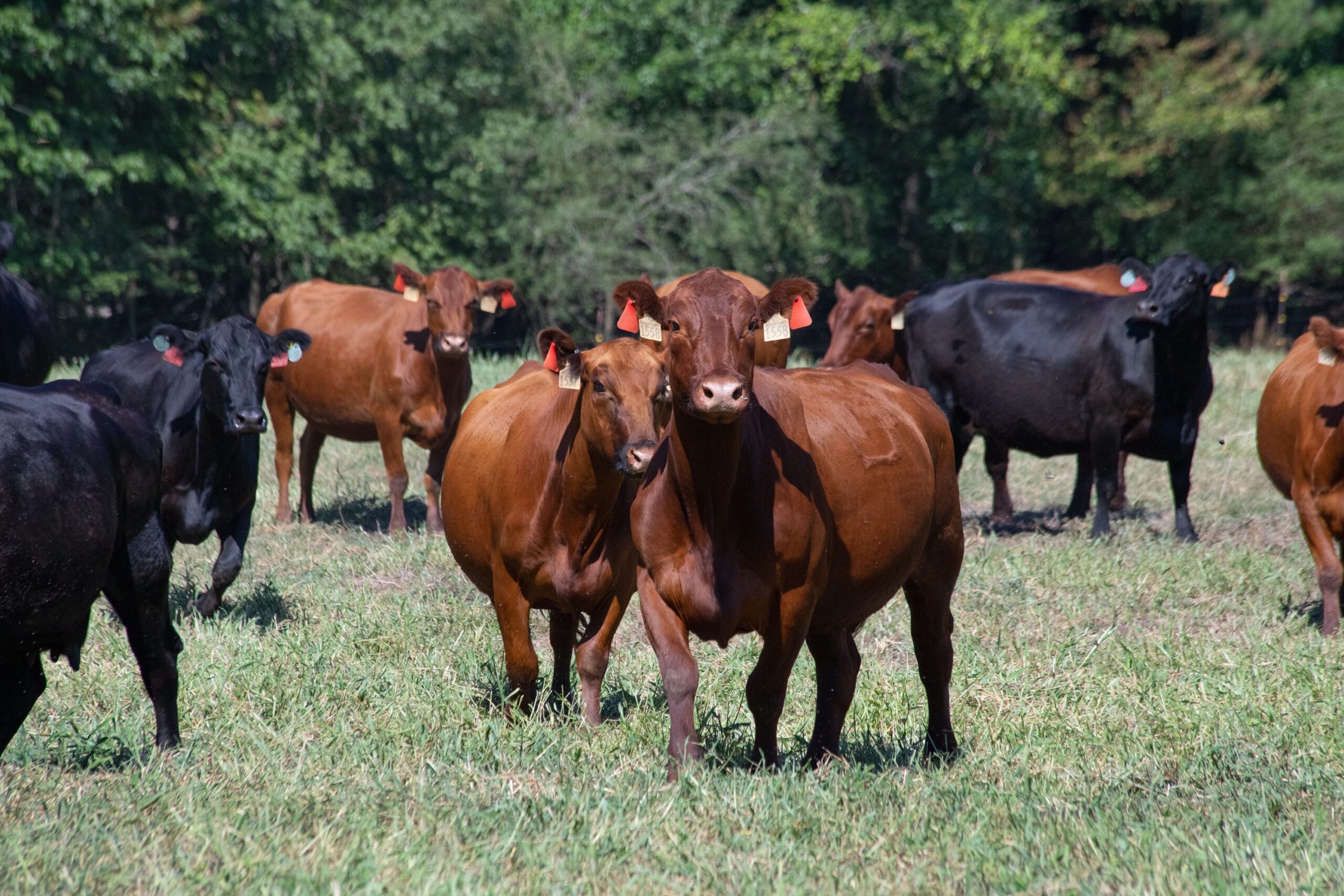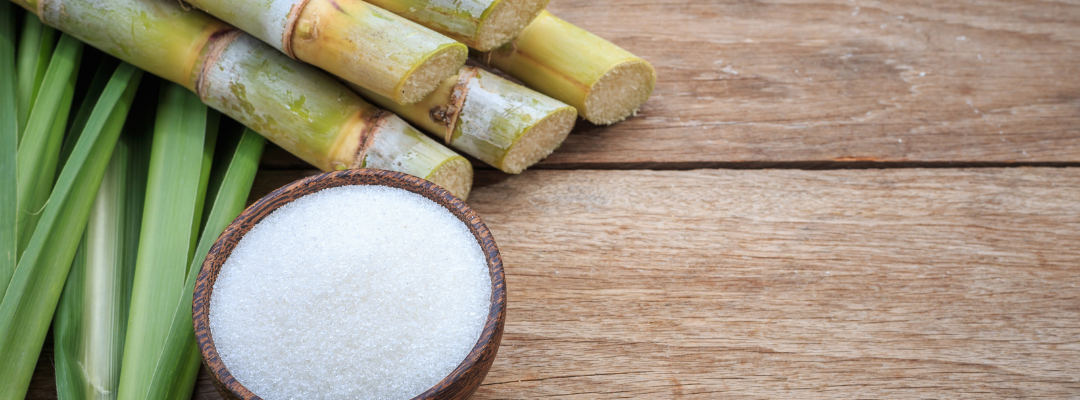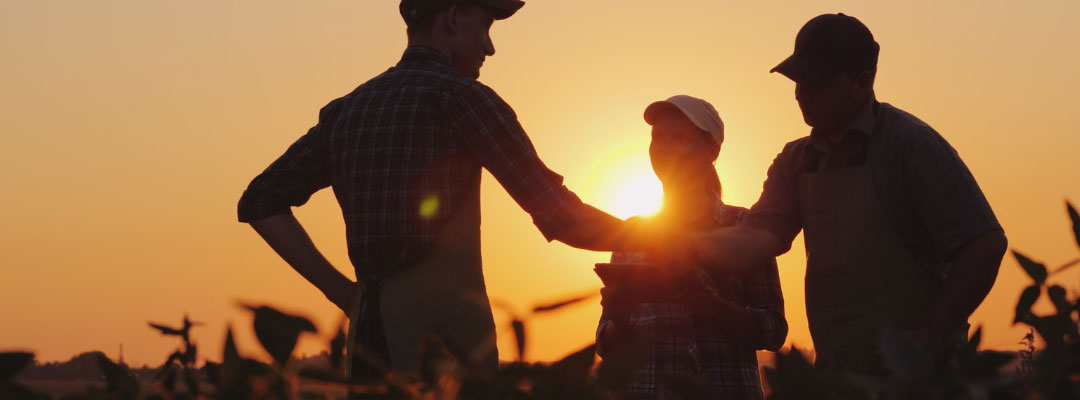There was a time when agricultural economists who focus on farm policy didn’t take a position on a farm bill proposal. At least the authors of this article were taught by our mentors…just describe what’s in a policy proposal and don’t take a position…that’s not your job. Good and bad was for others to decide…primarily elected officials since it is, in fact, their job. Those days are over. In the last two weeks since the House Agriculture Committee majority released details of their bill, there has been a steady stream of articles talking about the proposal’s reference price increases as being tilted to the South and Southern crops.
We thought we would instead try to provide facts and information that you can use to help decide whether any proposed bill—House or Senate—is providing a safety net for all U.S. farmers.
Fact #1
During the development of every farm bill, there are people who say unequivocally that one or more commodities are advantaged relative to others. In the current environment – with ARC and PLC as the Title I safety net programs – since they are both countercyclical, producing a map that shows payments are higher in one area really means very little. It very likely means that prices for those crops are lower and triggering payments, not that the farm bill was titled toward producers of those crops.
Fact #2
While farm bills encompass a broad range of topics, producers rely on the programs in Title I and Title XI to provide a minimal safety net so they can endure economic downturns like we are currently in. Without meaningfully bolstering the safety net provided in Title I and Title XI, the producers we encounter all over the country see little benefit in passing a new farm bill.
Fact #3
Statutory reference prices were established in the 2014 Farm Bill and have not kept up with increases in the cost of production. Using USDA cost of production data, the average increase in costs from 2014 to 2023 (the most current) for corn, cotton, grain sorghum, peanuts, rice, soybeans, and wheat was 31 percent.
Fact #4
The effective reference price (ERP) provisions included in the 2018 Farm Bill allow individual crop reference prices to increase based on the 5-year Olympic average of market prices (lagged one year) multiplied by 85%. ERPs are capped at 115% of statutory reference prices. Of the 23 covered commodities with reference prices, only 10 (corn, oats, soybeans, grain sorghum, large chickpeas, small chickpeas, mustard seed, crambe, sesame seed and temperate japonica rice) had market prices increase enough to result in a 2024 ERP greater than the statutory reference prices in the 2018 Farm Bill. Of these 10, only corn, soybeans and grain sorghum represent significant base acreages. Based on realized market prices and CBO projections, corn and soybean ERPs are expected to increase each year and hit the 115% cap in each year through 2027. Based on hearing testimony in both the House and Senate, commodities not in that position were seeking reference price increases in the next farm bill.
Fact #5
Statutory reference prices are set by Congress. In past farm bills, at least since the 1970s, reference prices and their predecessor (i.e., target prices) have been established with the commodity’s cost of production in mind. Looking at major crop cost of production for 2023 indicates that current reference prices are not covering much of major commodity costs (Table 1). This happens for two reasons: (1) costs are higher than reference prices and (2) the payment calculations use an 85% payment factor to reduce payments. Based on USDA data, wheat and grain sorghum appear to have the strongest case for significant reference price increases, but USDA data is just one resource the Committees use in establishing support levels.
Table 1. Major Crop Cost of Production, Effective Reference Prices and Percent of Costs Covered by the Effective Reference Price.

Outlaw, Joe, Nathan Smith, and Bart L. Fischer. “If You are Following the Conversation about Reference Prices… Here are a Few Facts.” Southern Ag Today 4(21.4). May 23, 2024. Permalink








